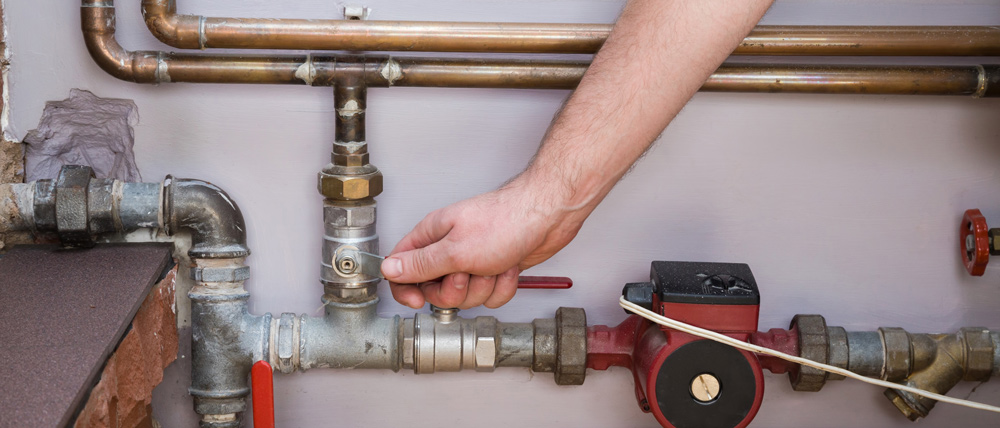Nonetheless, before you hurry to call a plumbing or make some negative do it yourself option, you could intend to take an appearance at these plumbing keys that can save you time and money. It's crucial to understand where you water turned off shutoff is in your home, as this can save you from even more major damage when pipes problems occur.
As soon as whatever is transformed off, take a look at your water meter. An ongoing motion on your water meter when all water sources are transformed off is a clear red flag that requires prompt attention.

Sluggish drains are commonly a very early warning indication of a larger concern. It could suggest an obstruction in the production, a trouble with your sewage system line, or perhaps tree origins infiltrating your pipelines. Rather than waiting on the drainpipe to come to be entirely blocked, act as quickly as you discover a slowdown.
If these do not function, it may be time to call in a specialist. Disregarding the problem might bring about much more severe and expensive issues down the line. Knowing where your major water shutoff valve is can save you from potential water damage in situation of a major leak or pipes calamity.

Ensure every household grown-up knows where the shutoff valve is and just how to utilize it. In case of a severe leakage, quickly shutting off your home's supply of water can decrease damages and provide you tranquility of mind while you wait on a plumber to arrive. It's a popular notion that chemical drain cleaners are the supreme remedy for clogged drains a notion that couldn't be better from the fact.
Plumbing servicing Fort Worth, Texas
The chemicals can corrode the internal lining of the pipelines, causing weakened structures, leakages, and also pipe bursts. Additionally, the ecological effects of these chemicals are considerable. They can permeate into groundwater and contaminate it, posing threats to local ecological communities. The rate of these possible problems far surpasses the cost of any kind of short-term convenience these cleansers may give.
These devices can properly clear blockages without creating any damage to your pipes. If these techniques do not work, do not be reluctant to call an expert.
Over-tightening can lead to many troubles, consisting of removed screws and damaged bolts, resulting in leaks or even water damages. This typical mistake in Do it yourself plumbing projects can transform a minor repair service into a costly undertaking.
Plumbing local to Fort Worth, Texas
Plumbing's tape, or Teflon or string seal tape, is a must-have device for every homeowner. It develops leak-proof seals at pipeline threads, protecting against leakages at joints and links.
Prior to attaching any type of installations, take a moment to wrap a few layers of plumbing technician's tape around the threads in a clockwise direction. Ensure the tape covers all the threads and is covered firmly. This simple yet important step can conserve you from managing irritating leakages down the line.
Remember that for larger concerns, specialist assistance is constantly suggested. To prevent this from happening, think about installing pipeline insulation.

And also, during cooler months, pipe insulation can aid stop your pipelines from freezing and rupturing a scenario that can cause expensive repair services. When it concerns securing components like faucets, numerous DIY enthusiasts intuitively grab a plumbing professional's putty. There's a choice that could serve you much better silicone caulk.
This adaptability allows it to fit slight changes or movements without damaging the seal, giving a much more sturdy and long-lasting option. Just keep in mind to allow the caulk treatment totally according to the supplier's instructions prior to exposing it to water to make certain the most effective outcomes. "Doping" in plumbing refers to using pipe dope, or pipe joint compound, to the strings of pipes links before they're screwed with each other.
Navigation
Latest Posts
Should I Do My Own Roofing? A Comprehensive Overview for Homeowners
Should I Do My Very own Pipes? A Comprehensive Guide for Homeowners
Should I Do My Own Pipes? A Comprehensive Overview for Homeowners